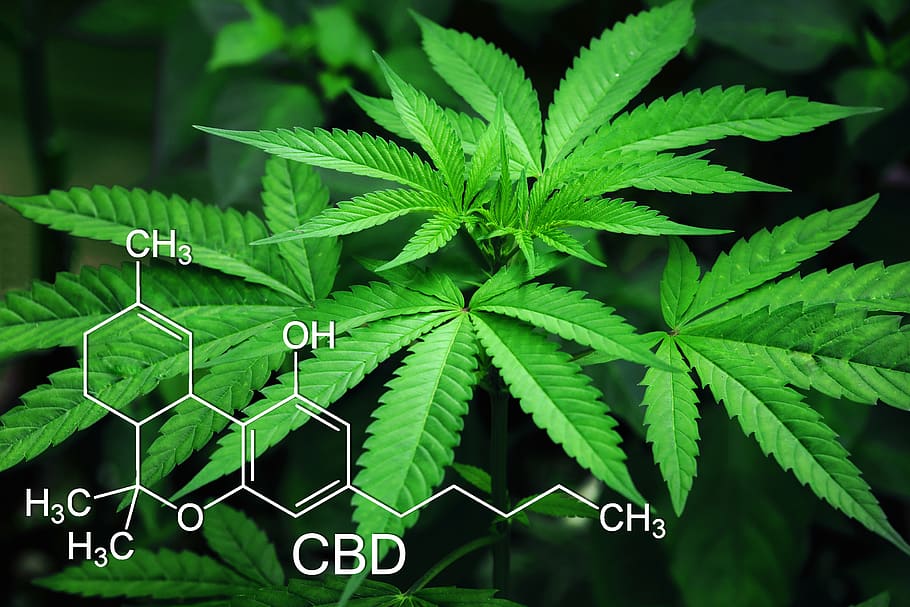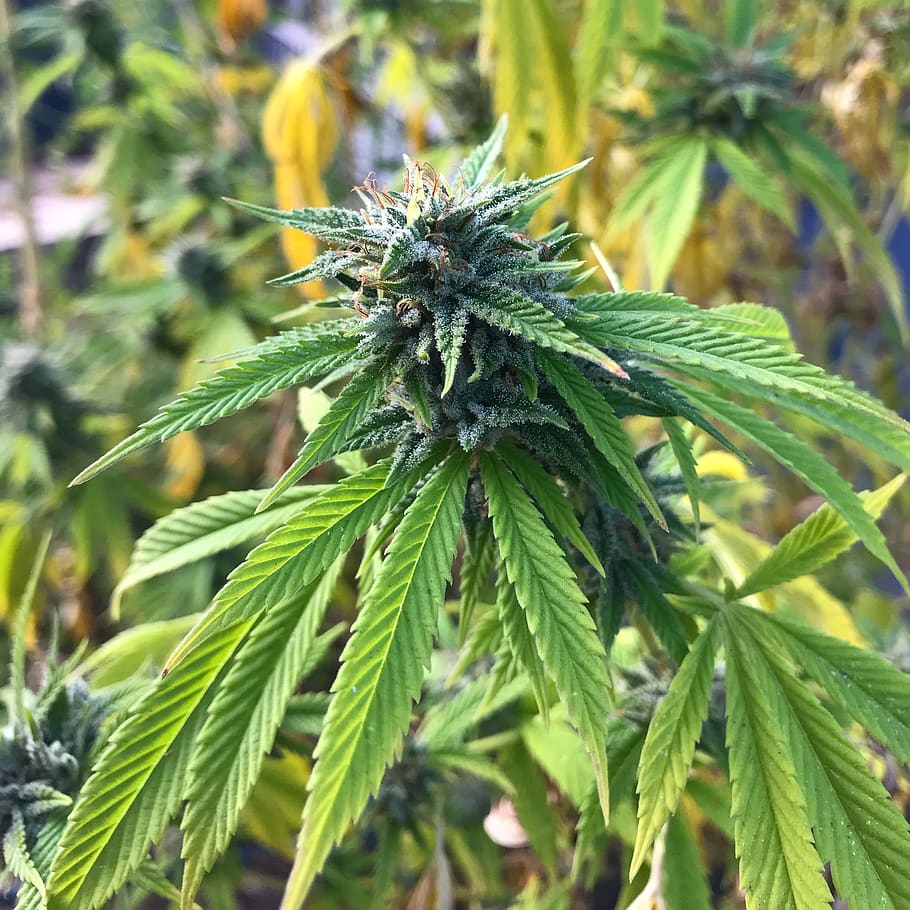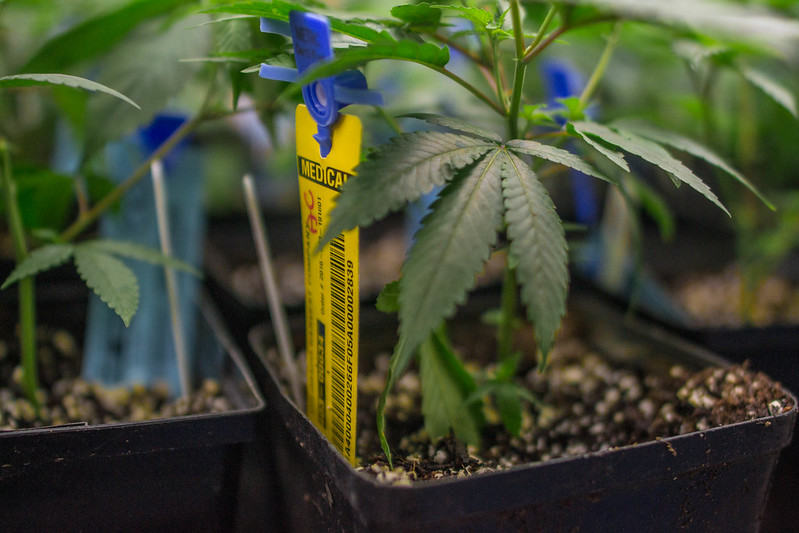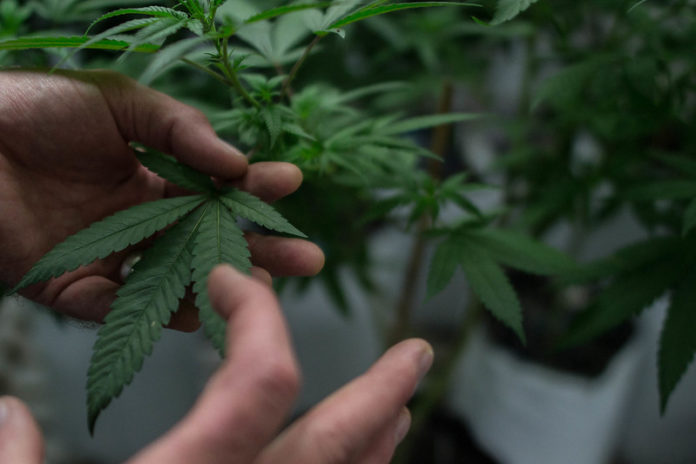Hemp (not confuse with industrial Hemp) – also known as Indian hemp, marijuana, hashish is a plant that has an anesthetic effect, has effects on the body, and is one of the most widely used types of drugs in the world.
Why it’s considered as a drug?
Cannabis products belong to the oldest known drug, and cannabis is the name of the plant, while marijuana is the leaves, flowers, stems and dried seeds of the cannabis plant, while cannabis is another product of the cannabis plant that contains the resin produced by the plant.
“Tetrahydrocannabinol (THC) is a part of the 113 cannabinoids identified in cannabis.”
Cannabis and its products contain many substances, but the most important is Delta-9-Tetrahydrocannabinol, known as THC. Tetrahydrocannabinol (THC) is a part of the 113 cannabinoids identified in cannabis.

When a person smokes marijuana or hashish, THC passes rapidly from the lungs to the bloodstream that carries it to the brain and other organs throughout the body. This is according to the National Institute for Drug Abuse in the United States and the National Institutes of Health at the US Department of Health.
THC acts on specific brain cell receptors that usually interact with natural chemicals similar to THC. These natural chemicals play a role in normal brain development and function.
Marijuana activates excessively the parts of the brain that contain the largest number of these receptors, and this causes a feeling of euphoria in a person.
Marijuana use has been linked to other mental health problems, such as depression, anxiety and suicidal thoughts among teens.
Marijuana use has been linked to other mental health problems, such as depression, anxiety and suicidal thoughts among teens.
Marijuana activates excessively the parts of the brain that contain the largest number of these receptors, and this causes a feeling of euphoria in a person.
 Compared to those who do not use marijuana, those who use large amounts often report the following:
Compared to those who do not use marijuana, those who use large amounts often report the following:
- Reduced degree of life satisfaction.
- Decline in mental health.
- Decline in physical health.
- Relationship Problems.
- Less academic and professional success.
The use of cannabis and its products can lead to addiction, and research indicates that between 9 and 30% of those who use marijuana may develop some degree of addiction.
In 2014, an Australian scientist had warned in research published that cannabis destroys the brain and leads to severe addiction, as one out of every six teenagers taking it becomes addicted, which carries a risk of damage to their brains and a double risk of developing schizophrenia, which is a mental illness.
Hall’s research, published in Edition, blows the myth that smoking marijuana is not dangerous and is a safe alternative to cigarettes and strong drugs.
Wayne Hall, a professor of addiction policy in London, Kings College – a research university in the British capital – said that young people who use cannabis have less performance in school than their counterparts who do not use this drug, and that those who drive cars under the influence of cannabis have a higher risk of colliding with others.
Hall – who also heads the University of Queensland’s Center for Drug Abuse Research – said it is possible that one in ten regular cannabis smokers will start taking stronger drugs.
He added that the risk of taking stronger drugs increases to one in six adolescents who start using cannabis in adolescence.
Medical use of Cannabis
On the other hand, there are medical uses of cannabis. In Germany, cannabis has been used since 2011 to prepare prescriptions based on special permits obtained by the German Institute for Medical Materials and Medicines. Medical laboratories prepare medications mixed with hemp, which are taken in the form of drops that travel through the mouth and quickly into the patient’s blood.

In France, certain drugs are based on cannabis such as Marinol and dronabinol. They are prescribed in the case of appetite disorders and to limit the side effects of chemotherapy.
Studies show the good effect of cannabos to treat some diseases. Although it does not fully treat the disease, it only reduces the severity of pain and the degree of suffering of patients.
In United States, twenty years after the legalization of cannabis for therapeutic use by California, there are still many taboos around cannabis and its use for therapeutic purposes.
Cannabis and its derivatives are not subject to the control of the American Food and Drug Administration (FDA) and conclusive scientific studies are lacking. However, according to a survey by the Harris Institute, 81% of Americans say they are in favor of legalizing marijuana for medical use.
Hence, It is an area that opens up both scientific and business opportunities.

























